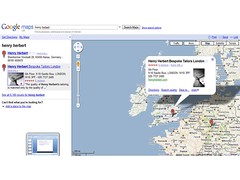The promotion
- There are 10 Golden Tickets hidden around the website
- Waterstone's tweets a clue to each one
- Followers scramble the site using their clue solving skills to locate the golden ticket
- Followers then email when they have found it
- First correct reply wins the prize
- Different prize for each Golden Ticket
- Prizes are showcased on landing pages linked to via Twitter
- Additional clues are given from time to time
The benefits
- Greater engagement of Twitter followers - during each treasure hunt Waterstones is talking to its followers
- Driving traffic to the eCommerce website
- Customers spend more time looking around the site to solve the clues
- Increase product views and appreciation of range diversity
- Ancillary sales generated off the back of this activity.
Whilst the format is hardly revolutionary (Willy Wonka anyone?), the delivery was neat and fun. And this is where I think social media has great potential - driving brand engagement by giving people something of interest that they can play with. We all like to be distracted for a while and business doesn't always have to be serious.
I would love to find out the actual impact of site traffic s0 have asked Waterstones via Twitter. I will update this blog if they are able to share the information.
*UPDATE*
The kind peeps @Waterstones have shared this info:
"We've had double the usual traffic from Twitter, and as you can see we've had 882 new followers in 2 wks"
So what do you think? Clever marketing or not?







